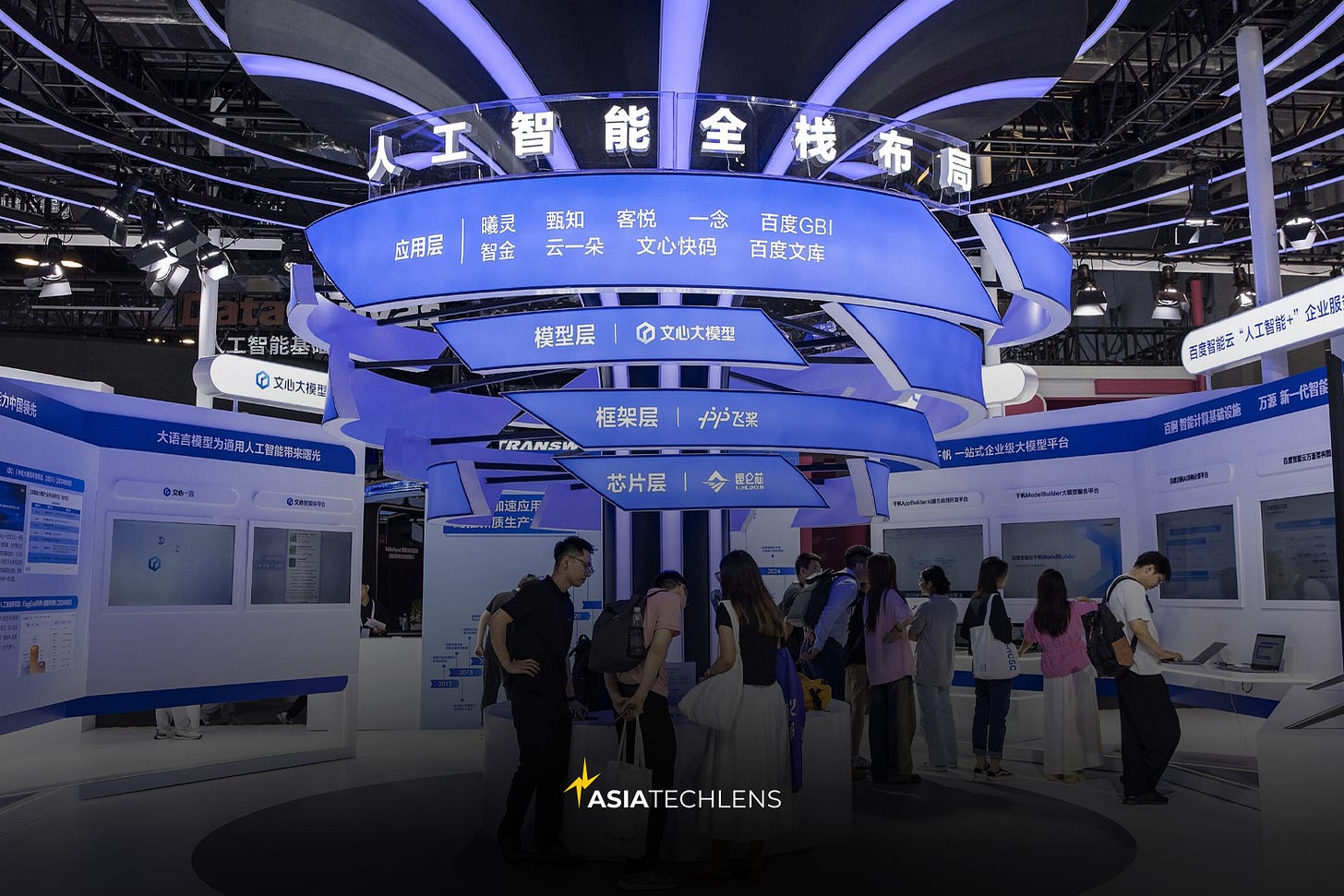AI’s Winners and Losers: Big Tech Surges, Legacy Software Falters
DBS warns AI is fueling Big Tech’s gains while squeezing enterprise software and IT services

Editor’s Note:
At Asia Tech Lens, we track how AI is reshaping industries in Asia. Capital markets reveal a crucial truth: not all sectors are sharing in the upside.
A new DBS Chief Investment Office report shows how AI is driving a sharp divide. On one side: Big Tech firms reaping productivity and scale benefits. On the other: enterprise software vendors and IT services firms facing disruption and margin pressure.
Here are the two risks DBS flags:
Enterprise software squeeze
CRM and creative software suites are being eroded as AI-native challengers offer leaner, cheaper, “good enough” alternatives. Premium subscription models look increasingly unsustainable.
IT services margin squeeze
Firms built on scale and labor arbitrage risk shrinking margins as AI automates core tasks once handled by armies of engineers.
This analysis matters because it connects the technology stories we cover to their investment and economic implications.
Here’s the excerpt that stood out for us, and a link to the full DBS analysis.
Global Technology: Segments Facing Disruption in the Age of AI
Big Tech thrives while legacy software and IT services face disruption
Leaders and laggards emerge. While the Artificial Intelligence (AI) revolution is still in its early innings, we are starting to see subtle signs of maturity; in particular, we are seeing a fading of overt hype around technology and increasing clarity on which subsectors of the technology industry AI will benefit, and which it will challenge. AI has emerged not just as an enabler of productivity, but also as a ruthless disrupter of the technology landscape. For every Nvidia or Microsoft riding the AI boom, there are others whose business models are being hollowed out by automation, service commoditisation, and shifting customer expectations. Two categories that look particularly exposed are: i) enterprise software vendors built on premium pricing; and ii) IT services firms reliant on labour-intensive delivery models.
The software squeeze. For enterprise software, customer relationship management (CRM) and creative software suites are being progressively disrupted. Generative AI can now automate lead scoring, customer outreach, and even content generation at a fraction of legacy costs. The premium charged by incumbent platforms for vast CRM suites looks increasingly unsustainable. AI-native competitors will cherry-pick functions, offering leaner and cheaper systems. The incumbents’ high subscription fees will come under mounting scrutiny. For creative software, the challenge is arguably greater; generative AI tools that are currently available at little or no cost can produce images, videos, and marketing collateral that, while not perfect, are good enough for a wide swath of commercial use cases. Their pricing power is eroding as the perception of creative tools shifts from premium craftsmanship to commoditised output.


